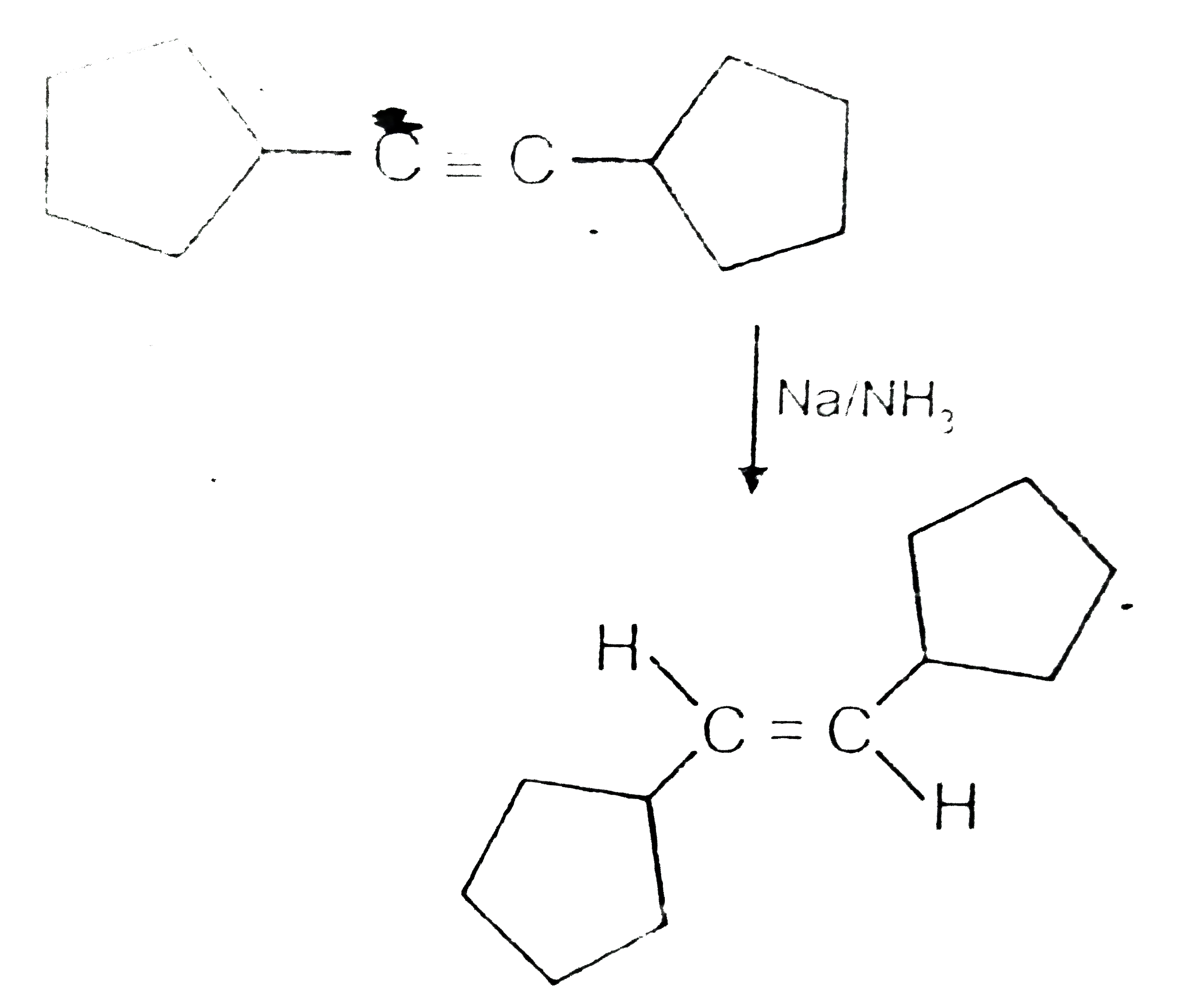Reaction intermediate of EicB reaction is :
carbocation
Carbanion
Carbene
carbon radical
The correct Answer is:2
Here n2=5&n1=2
So longest wavelength means least energy difference transition i.e.n2=5 to n1=4
1λ=RH(1)2(1(4)2−1(5)2)
So λ=4×10−6m
Related Playlists
- BOOK - RESONANCE ENGLISHCHAPTER - FUNDAMENTAL CONCEPTEXERCISE - Inorganic chemistry (Chemistry Bonding)6videos
FUNDAMENTAL CONCEPT
- BOOK - RESONANCE ENGLISHCHAPTER - FUNDAMENTAL CONCEPTEXERCISE - ORGANIC CHEMISTRY(Fundamental Concept )40videos
FUNDAMENTAL CONCEPT
- BOOK - RESONANCE ENGLISHCHAPTER - EQUIVALENT CONCEPT & TITRATIONSEXERCISE - Part -IV22videos
EQUIVALENT CONCEPT & TITRATIONS
- BOOK - RESONANCE ENGLISHCHAPTER - GASEOUS STATEEXERCISE - Exercise-31videos
GASEOUS STATE
Similar Questions
CH3−C∣CH3=CH2HBr−−−−→PeroxideCH3−CH∣CH3−CH2Br reaction intermediate of this reaction is:
View SolutionH3C−CH=CH2+HclPeroxide−−−−→Product,
the intermediate of reaction is :View SolutionIn propagation step, the reaction intermediate of radical polymerisation is
View SolutionReaction intermediate formed in the formation of salicylaldehyde from phenol (Reimer-Tiemann reaction) is
View SolutionWhat is the reaction intermediate in a nitration process ?
View SolutionIntermediate formed during E2 reaction is -
View SolutionIntermediate formed during E2 reaction is -
View SolutionConsider the following reaction
 The reactive intermediate invovled in this reaction is View Solution
The reactive intermediate invovled in this reaction is View SolutionThe reaction in terms of intermediates and type of reaction is given below. Mark the incorrect option.
View SolutionMatch the reactions in Column I with appropriate types of steps/reactive intermediate involved in these reactions as given in Column II.
 View Solution
View Solution


